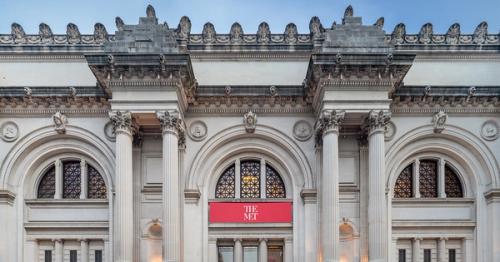The first volume of the comprehensive catalogue of the Robert Lehman Collection in The Metropolitan Museum of Art is justifiably devoted to Early Italian paintings, which were particularly close to Robert Lehman's heart. In 1975, the Metropolitan Museum opened the Lehman Wing to house this magnificent collection, which had been transferred to the Museum by the Robert Lehman Foundation. It is especially appropriate that the distinguished art historian Sir John Pope-Hennessy is the author of this volume. An expert in the field of Italian paintings, he discusses in great detail the 112 works presented here; they are from many cities and regions of Italy—Siena, Florence, Rome, Naples, Venice, Umbria, Lombardy, Emilia, and the Marches, among others—and span six centuries. The earliest painting in this volume is an Umbrian work, a panel that once formed part of a thirteenth-century altarpiece. Twenty paintings come from fourteenth-century Siena, among them Madonnas by the Master of Monte Oliveto, Simone Martini, and Ugolino da Siena. Thirteen Florentine paintings are from the same century. Bernardo Daddi and his workshop and followers are represented, as well as Jacopo di Cione, Spinello Aretino, and others. From fifteenth-century Siena comes an incomparable group of twenty-seven paintings; eleven are by Giovanni di Paolo, including his famous Creation of the World and the Expulsion from Paradise, and seven are by Sano di Pietro. From Florence come works by Lorenzo Monaco, Bicci di Lorenzo, Cosimo Rosselli, and other artists. The Annunciation by Botticelli is one of the jewels of the Lehman Collection. The Venetian paintings include two well-known portraits by Jacometto and a celebrated Madonna and Child by Giovanni Bellini. Forty-five works are reproduced in color, the rest in duotone; in addition, there are ninety-seven comparative illustrations.

